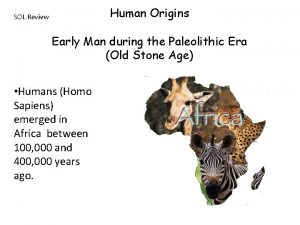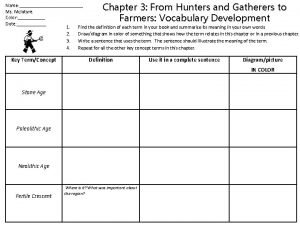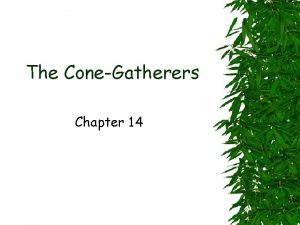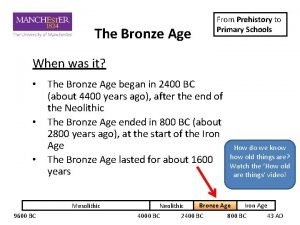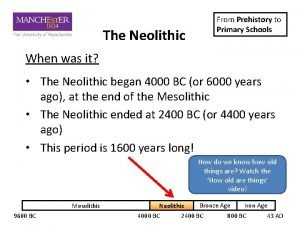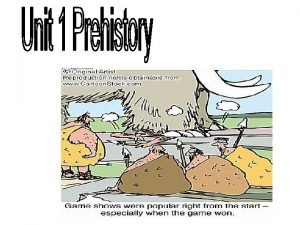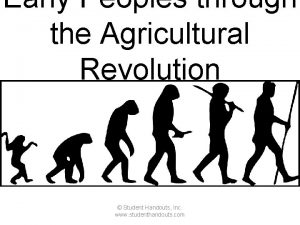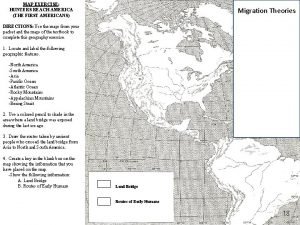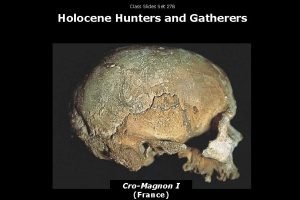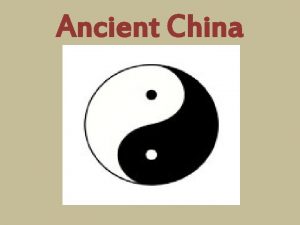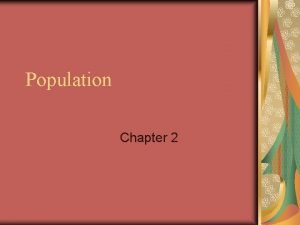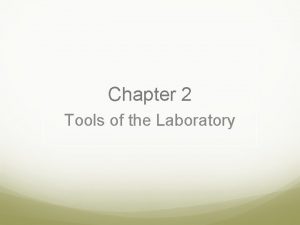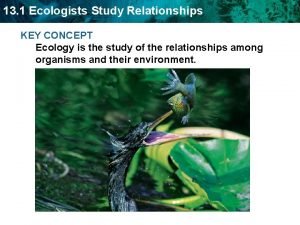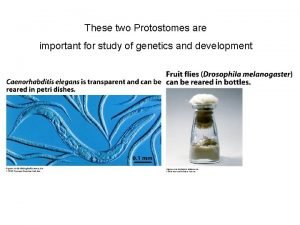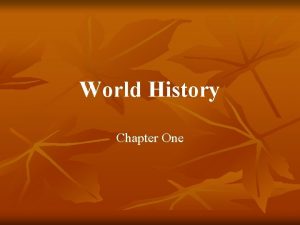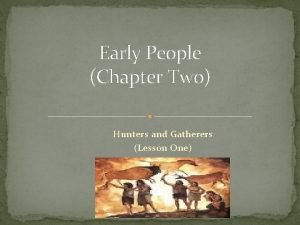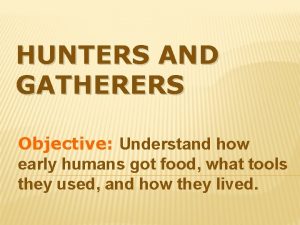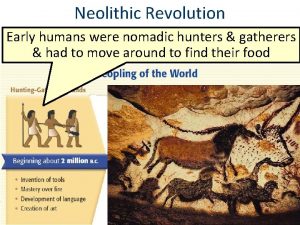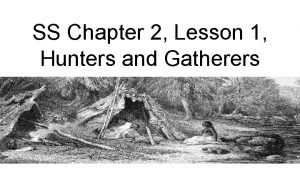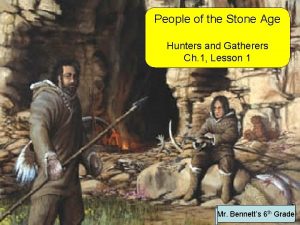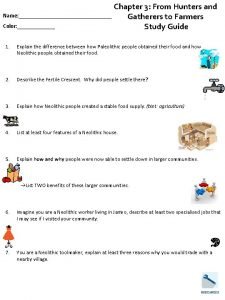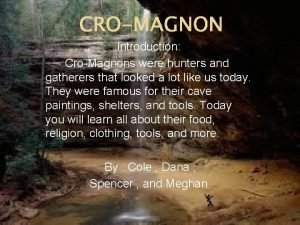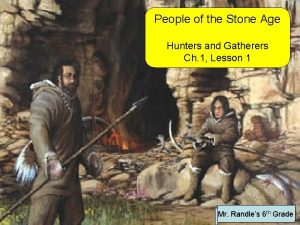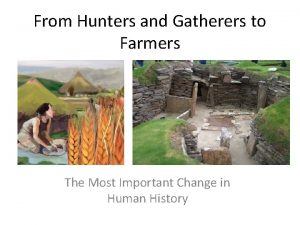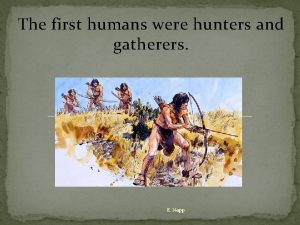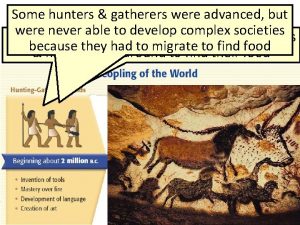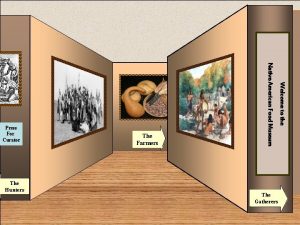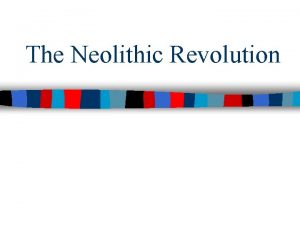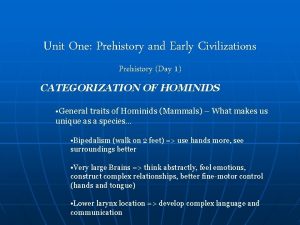Lesson 1 Early Gatherers and Hunters Studying Prehistory



















































- Slides: 51

Lesson 1: Early Gatherers and Hunters

Studying Prehistory What is prehistory? That long period of time before people developed systems of writing and written language.

archeology The study of past cultures through the things that remain such as buildings, tools, or pottery.

archeologist a scientist who uncovers evidence, or proof, from the past

artifacts objects made by people long ago

hunters and gatherers

Early Peoples • East Africa--- 3. 5 million years ago • Humans moved, or migrated, from East Africa and Asia thousands of years ago


Early Americans Clovis, NM Artifacts estimated to be about 11, 000 years old

Ice Age glaciers– huge ice sheets

Cave Art

A Migration Path Beringia

following the herd

Different Paths Monte Verde, Chile Artifacts estimated to 12, 500 years ago

Topper site in South Carolina Artifacts estimated to be 18, 000 years old

Lesson 2: Early Farmers

The Stone Age • Humans relied on stone tools. • They may also have used wood, bone, or antlers to make tools.

the Old Stone Age • about 3. 5 million years ago to about 10, 000 years ago • little progress made • technology, or the way in which humans produce the items they use, improved at a slow rate

the New Stone Age • about 10, 000 years ago until about 5, 000 years ago • great improvements in technology • humans began to domesticate, or tame, wild animals

Early Farming wheat, rice, barley

harvest to gather

excavation site where archaeologists dig up artifacts

Domestic Animals

agriculture the raising of plants and animals for human use

surplus extra supply

More Useful Creatures • Animals can meet many needs!! • • meat skin transportation honey wax for candles venom (medicine) silk

Village Life • A storm may have forced the people of Skara Brae to leave their village. • They left behind their belongings.

This allowed archaeologists to study what village life was like.

What was life like in Skara Brae? • farming • domestication of animals (sheep, cattle) • about 50 people lived there • used tools made from stone, beach pebbles, and bone • harvested fish and shellfish • decorated pottery

Food producers (farmers and herders) raised surplus food! • So what? ? – the village could divide up the work, forming social divisions – this change of lifestyle, from hunting and gathering to farming, led people to a new stage of development – people could concentrate on other things besides finding food

The Iceman Estimated to have lived 5, 300 years ago! • estimated to have lived during or after the New Stone Age • his ax had a copper blade • copper was used during the New Stone Age

Carbon Dating • a method of estimating the age of something after it has died • all living things contain the element carbon • scientists can date things based on what happened to the carbon over time

Carbon Dating

Lesson 3: Developing Cultures

Contacting Cultures culture includes the technology, customs, beliefs, and art the way in which individuals and groups react to their environment

Anthropology is the study of how people have developed and live in cultural groups.

Physical features such as plants and landforms encouraged the development of cultures.

geography climate

Late Stone Age (the end of the New Stone Age) • there were several diverse, or different, peoples living in the Americas • each culture relied on the resources available to them – desert: plant stems/fibers to make twine, nets, baskets, sandals, animal traps – near mountains: used rocks to make tools and weapons

Three Sisters: corn, beans, squash

Hunting and Fishing

People from the Southeast Asia region migrated to islands in the Pacific. developed ocean-going skills

Cultures Develop • The variety of landforms, climates, and soil produced many different cultures. • Farming allowed settlements to develop. • Cultures increased their use of available resources.

Prehistoric Art • Archaeologists use a culture’s tools and “throwaways” to learn about them. • They also use pictures drawn by prehistoric people. • Some of these pictures are 20, 000 years old.






What do the paintings tell us? • The artists lived with, and hunted, horses, bison, mammoth, deer, and occasionally panthers and rhinoceroses. • The colors (red, brown, black, white, yellow) came from ground up rock and stone. • Paints were made by mixing the ground rock with saliva or animal fat. • Paints were applied with fingers or simple brushes.

The Caves Offer Important Information: • • • torch fragments stone tools fire pits bones they served as places for spiritual and hunting rites • they leave many unanswered questions
 From hunters and gatherers to farmers chapter 3
From hunters and gatherers to farmers chapter 3 10 importance of agriculture
10 importance of agriculture Hunters and gatherers
Hunters and gatherers Hunters and gatherers
Hunters and gatherers The cone gatherers chapter summary
The cone gatherers chapter summary The cone gatherers
The cone gatherers Flowers by robin jenkins
Flowers by robin jenkins Difference between history and prehistory
Difference between history and prehistory Hunters and gathers
Hunters and gathers Bronze age technology
Bronze age technology Prehistory
Prehistory Prehistory for primary school
Prehistory for primary school Prehistory refers to
Prehistory refers to The lecture from prehistory
The lecture from prehistory What is prehistory
What is prehistory What is prehistory
What is prehistory Chapter 2 lesson 1 studying geography
Chapter 2 lesson 1 studying geography Studying geography economics and citizenship
Studying geography economics and citizenship Lesson 1 studying geography
Lesson 1 studying geography Early cpr and early defibrillation can: *
Early cpr and early defibrillation can: * Patterning a shotgun for turkey
Patterning a shotgun for turkey Sci first for hunters
Sci first for hunters Hunters safety quiz #6
Hunters safety quiz #6 Hunters reach america map
Hunters reach america map Alabama hunter education
Alabama hunter education Italian renaissance vs northern renaissance
Italian renaissance vs northern renaissance Holocene
Holocene Module 11 studying the brain and older brain structures
Module 11 studying the brain and older brain structures Section 1 studying viruses and prokaryotes
Section 1 studying viruses and prokaryotes George washingtons challenges
George washingtons challenges Lesson 1 early civilizations
Lesson 1 early civilizations Lesson 3 the early roman empire
Lesson 3 the early roman empire Lesson 1 the peoples of north america and mesoamerica
Lesson 1 the peoples of north america and mesoamerica Guided reading early china lesson 3 answers
Guided reading early china lesson 3 answers Lesson 1 early humans
Lesson 1 early humans Lesson 1 early humans
Lesson 1 early humans Geographic luck definition
Geographic luck definition Unit 3 lesson 1 sumer and mesopotamia
Unit 3 lesson 1 sumer and mesopotamia Researchers who are studying a new shampoo formula
Researchers who are studying a new shampoo formula Importance of studying population
Importance of studying population Job evaluation methods
Job evaluation methods Jumma namaz rakats
Jumma namaz rakats Studying in sweden as an eu citizen
Studying in sweden as an eu citizen Studying our living planet
Studying our living planet A student is studying the ecology of a playa lake
A student is studying the ecology of a playa lake Chapter 24 studying the sun
Chapter 24 studying the sun The five i's of studying microorganisms
The five i's of studying microorganisms What do ecologists study
What do ecologists study Juvenile delinquency objectives
Juvenile delinquency objectives An organized approach for studying a work of art
An organized approach for studying a work of art Importance of studying protostomes
Importance of studying protostomes What can we learn from studying ancient greek artwork
What can we learn from studying ancient greek artwork


